Village Suites, the largest LEED-Platinum project in Canada is being built with Neopor ICFs.
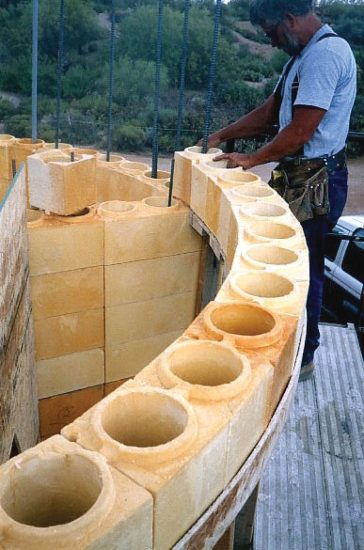 Polyurethane foam results when two separate ingredients, an isocyanurate and a polyol, are mixed. The chemicals react violently with one another, foaming and rapidly expanding. As the reaction comes to an end, the resulting compound hardens, trapping millions of tiny gas bubbles. In fact, about 97% of polyurethane is trapped gasses. The resulting product is light, strong, and offers impressive insulation values.
Rigid polyurethane foam has one of the lowest thermal conductivity ratings of any insulant. The type of polyurethane used for ICFs has an R-Value of 5.9 per inch, 50% more than the customary EPS.
Polyurethane is also stronger and denser than EPS, which means the forms can stand up to jobsite abuse. They’re also easier to pour, with virtually no risk of bowing or blowouts.
The two leading brands of polyurethane ICFs—ThermoBlock and InsuLock—are quite similar. Both measure 8x8x32 inches, with 5.5” diameter vertical columns that form a post-and-beam type structure.
While a cubic yard of concrete will fill almost 80 sq. ft. of wall, and the polyurethane provides a tested R-Value of R-38, the blocks do have drawbacks. The post-and-beam system requires special engineering to pass local building codes, and since neither system has integral furring strips, attaching finishes can be problematic.
EPS Composites
Composite ICFs are made from a blend of EPS and Portland cement. The technology has a proven track record, stretching back more than 40 years. Karl Holik patented the first block of this kind, Rastra, back in 1972. Variations are made and sold by Apex, Tech Block, Perform Wall and Cempo.
Basically, raw EPS beads are coated with powdered Portland cement and a proprietary agent and then expanded with steam in a mold. The moisture partially expands the beads and bonds them to the cement, which renders the bead fireproof.
Polyurethane foam results when two separate ingredients, an isocyanurate and a polyol, are mixed. The chemicals react violently with one another, foaming and rapidly expanding. As the reaction comes to an end, the resulting compound hardens, trapping millions of tiny gas bubbles. In fact, about 97% of polyurethane is trapped gasses. The resulting product is light, strong, and offers impressive insulation values.
Rigid polyurethane foam has one of the lowest thermal conductivity ratings of any insulant. The type of polyurethane used for ICFs has an R-Value of 5.9 per inch, 50% more than the customary EPS.
Polyurethane is also stronger and denser than EPS, which means the forms can stand up to jobsite abuse. They’re also easier to pour, with virtually no risk of bowing or blowouts.
The two leading brands of polyurethane ICFs—ThermoBlock and InsuLock—are quite similar. Both measure 8x8x32 inches, with 5.5” diameter vertical columns that form a post-and-beam type structure.
While a cubic yard of concrete will fill almost 80 sq. ft. of wall, and the polyurethane provides a tested R-Value of R-38, the blocks do have drawbacks. The post-and-beam system requires special engineering to pass local building codes, and since neither system has integral furring strips, attaching finishes can be problematic.
EPS Composites
Composite ICFs are made from a blend of EPS and Portland cement. The technology has a proven track record, stretching back more than 40 years. Karl Holik patented the first block of this kind, Rastra, back in 1972. Variations are made and sold by Apex, Tech Block, Perform Wall and Cempo.
Basically, raw EPS beads are coated with powdered Portland cement and a proprietary agent and then expanded with steam in a mold. The moisture partially expands the beads and bonds them to the cement, which renders the bead fireproof.
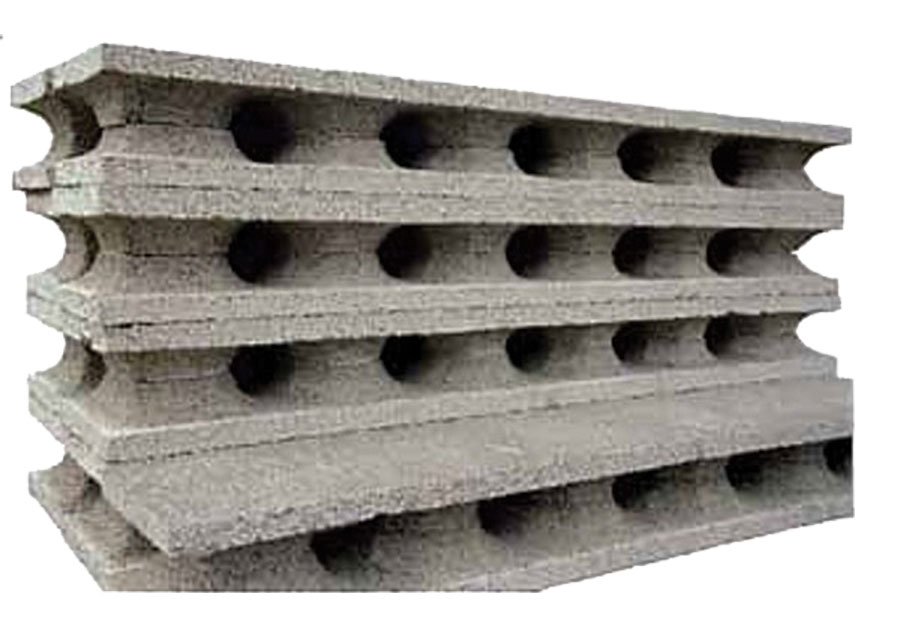
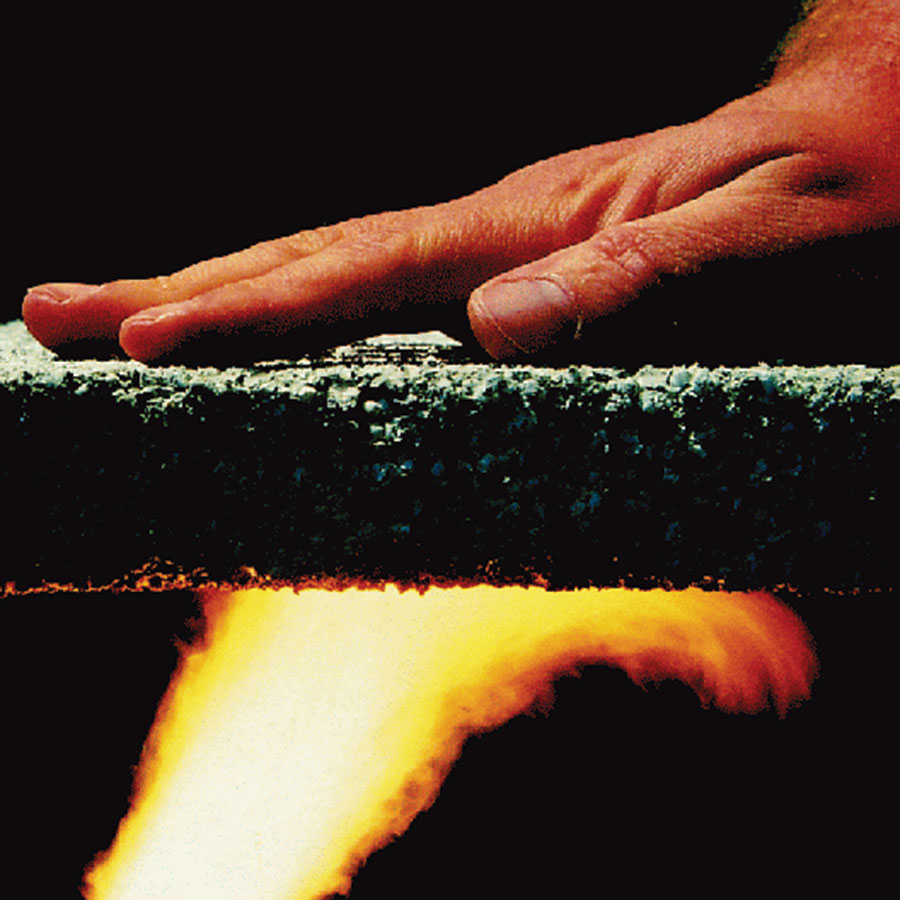 Because of the cement, composite ICFs are impervious to mold, termites, and other pests, without any type of pesticide or special treatment that may leach into the soil. They are also completely fireproof, so additional sheathing isn’t required to meet fire code. Composite ICFs will accept drywall mud, stuccos, and acrylic polymers (sometimes called textured acrylic finishes) applied directly to the block.
They are also considerably denser—and heavier—than their all-foam counterparts. Rastra’s 10-foot long blocks weigh between 150 and 250 lbs each. A conventional 48”x16” block weighs a more manageable 25 to 40 lbs., depending on wall thickness.
All composite ICFs currently on the market are screen-grid systems, meaning the concrete forms a series of columns and beams, usually every 16 inches vertically and horizontally. This means a cubic yard of concrete will fill almost 100 sq. ft. of wall, saving 50% on concrete costs.
Because of their density and weight, walls up to 10 feet high can be poured without bracing. They will also tolerate high-slump concrete or SCC, so getting the mix into the horizontal beams isn’t a problem.
Finally, the blocks are dense enough that nails and screws will hold wherever they are driven, making interior and exterior finishes much easier to apply. They can be cut and shaped with standard carpenters tools. Utility chases can be cut with a saw or router, but not a hot-knife.
EPS
Expanded Polystyrene and Extruded Polystyrene are made from the same plastic, but use different manufacturing techniques.
Because of the cement, composite ICFs are impervious to mold, termites, and other pests, without any type of pesticide or special treatment that may leach into the soil. They are also completely fireproof, so additional sheathing isn’t required to meet fire code. Composite ICFs will accept drywall mud, stuccos, and acrylic polymers (sometimes called textured acrylic finishes) applied directly to the block.
They are also considerably denser—and heavier—than their all-foam counterparts. Rastra’s 10-foot long blocks weigh between 150 and 250 lbs each. A conventional 48”x16” block weighs a more manageable 25 to 40 lbs., depending on wall thickness.
All composite ICFs currently on the market are screen-grid systems, meaning the concrete forms a series of columns and beams, usually every 16 inches vertically and horizontally. This means a cubic yard of concrete will fill almost 100 sq. ft. of wall, saving 50% on concrete costs.
Because of their density and weight, walls up to 10 feet high can be poured without bracing. They will also tolerate high-slump concrete or SCC, so getting the mix into the horizontal beams isn’t a problem.
Finally, the blocks are dense enough that nails and screws will hold wherever they are driven, making interior and exterior finishes much easier to apply. They can be cut and shaped with standard carpenters tools. Utility chases can be cut with a saw or router, but not a hot-knife.
EPS
Expanded Polystyrene and Extruded Polystyrene are made from the same plastic, but use different manufacturing techniques.
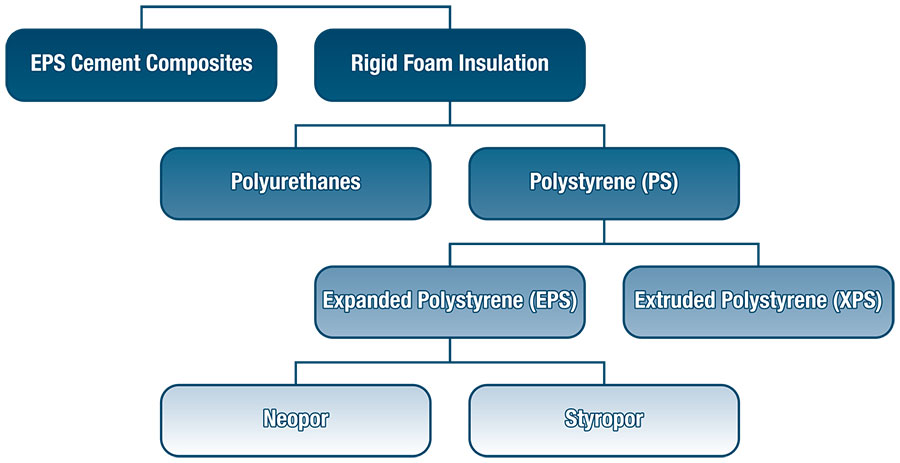 To make EPS blocks, loose, unexpanded polystyrene beads containing liquid pentane are mixed with a blowing agent. The mixture is then heated, which makes the beads expand to many times their original size. The partially expanded beads are placed in the ICF mold.
The molder then injects high-temperature, high-pressure steam, which expands the beads further and fills the mold completely. The final result is the foam blocks or panel.
Flame retardants, insecticides, and other chemicals are almost always added during the molding process to create a better product.
A few manufacturers use EPS bead with a coloring agent. Quad-Lock and Nudura use green; Owen-Corning’s Fold-Form prefers pink. This coloring agent does not alter the performance of the foam, it’s simply a marketing tool to differentiate the brand.
The physical properties of EPS vary with the type of bead used, and can be molded in a variety of densities to meet specific ICF requirements. Increasing the foam density also delivers higher R-value per inch and increased strength, but it’s costly and uses more material. That’s why, even though R-values can range from 3.8 to 4.3 per inch of thickness, nearly all the EPS used in ICFs is on the low side of the scale.
Well over 95% of all ICFs sold utilize molded EPS foam. While it’s not the strongest, most insulative, or heat-resistant alternative, it does offer exceptional value. It’s popular because it delivers adequate strength, density, sound attenuation, and R-value at the most reasonable price point.
To make EPS blocks, loose, unexpanded polystyrene beads containing liquid pentane are mixed with a blowing agent. The mixture is then heated, which makes the beads expand to many times their original size. The partially expanded beads are placed in the ICF mold.
The molder then injects high-temperature, high-pressure steam, which expands the beads further and fills the mold completely. The final result is the foam blocks or panel.
Flame retardants, insecticides, and other chemicals are almost always added during the molding process to create a better product.
A few manufacturers use EPS bead with a coloring agent. Quad-Lock and Nudura use green; Owen-Corning’s Fold-Form prefers pink. This coloring agent does not alter the performance of the foam, it’s simply a marketing tool to differentiate the brand.
The physical properties of EPS vary with the type of bead used, and can be molded in a variety of densities to meet specific ICF requirements. Increasing the foam density also delivers higher R-value per inch and increased strength, but it’s costly and uses more material. That’s why, even though R-values can range from 3.8 to 4.3 per inch of thickness, nearly all the EPS used in ICFs is on the low side of the scale.
Well over 95% of all ICFs sold utilize molded EPS foam. While it’s not the strongest, most insulative, or heat-resistant alternative, it does offer exceptional value. It’s popular because it delivers adequate strength, density, sound attenuation, and R-value at the most reasonable price point.
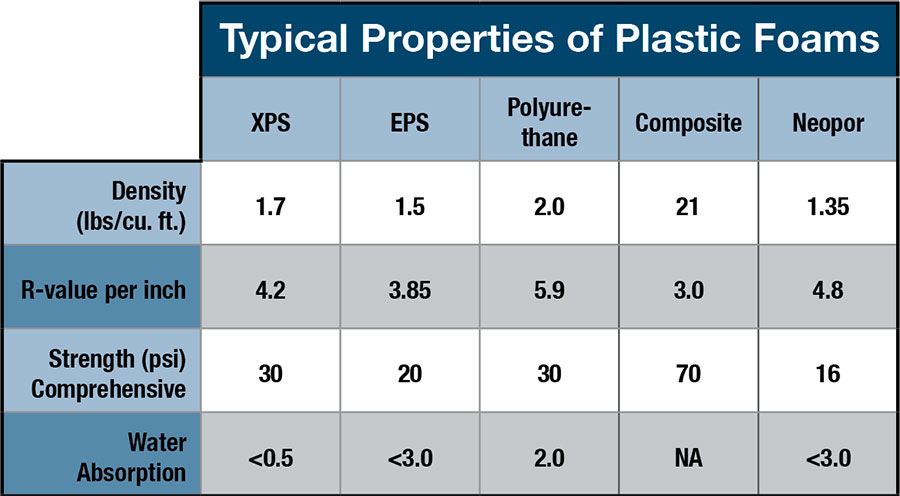 XPS
XPS, or Extruded Polystyrene, is a closed-cell foam that instead of being molded, uses an extrusion process. At the most basic level, the process is similar to forcing children’s clay through a small opening.
Of course, the actual XPS process is much more involved. It begins with the same beads used to make EPS, but the pellets are mixed with various chemicals to liquefy them. A blowing agent is then injected into the mixture, forming gas bubbles. The thick, foaming liquid is then forced through a shaping die, creating a continuous “sheet” of foam that can be produced in various densities and thicknesses. Instead being molded to the final shape, XPS is cut to the final dimensions.
XPS
XPS, or Extruded Polystyrene, is a closed-cell foam that instead of being molded, uses an extrusion process. At the most basic level, the process is similar to forcing children’s clay through a small opening.
Of course, the actual XPS process is much more involved. It begins with the same beads used to make EPS, but the pellets are mixed with various chemicals to liquefy them. A blowing agent is then injected into the mixture, forming gas bubbles. The thick, foaming liquid is then forced through a shaping die, creating a continuous “sheet” of foam that can be produced in various densities and thicknesses. Instead being molded to the final shape, XPS is cut to the final dimensions.
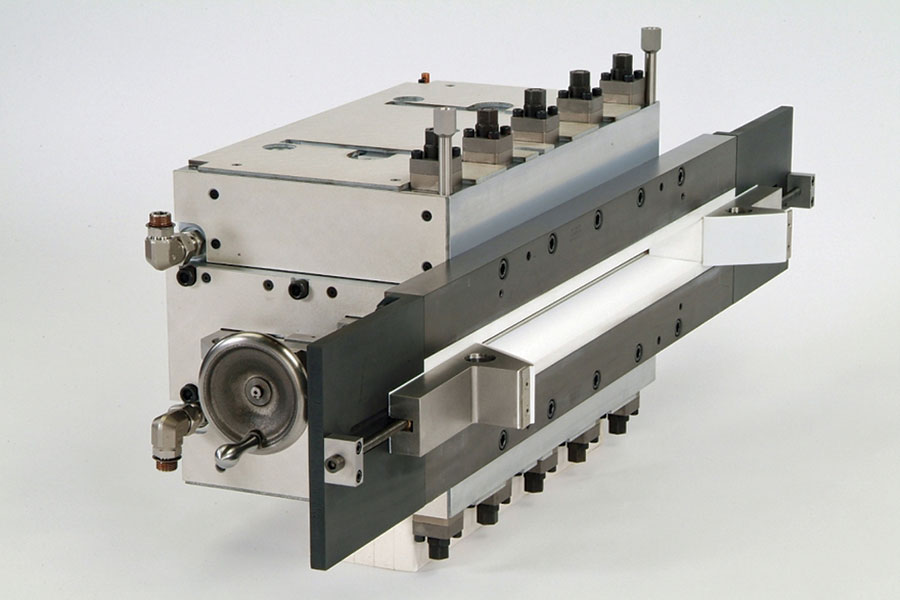
This shaping die is used to form XPS panels. The foaming fluid is forced out of the rectangular opening on the right of the machine.
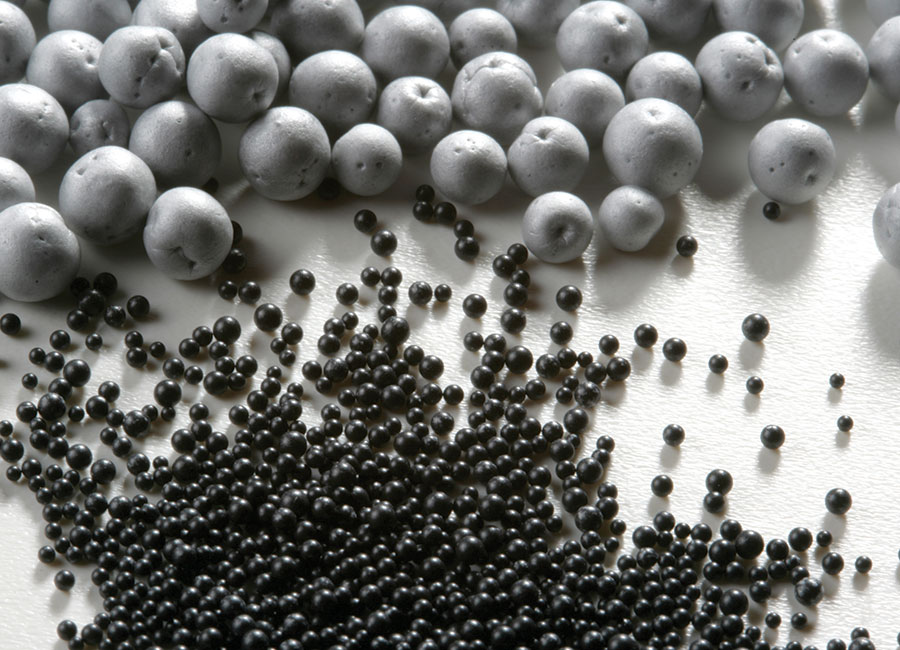
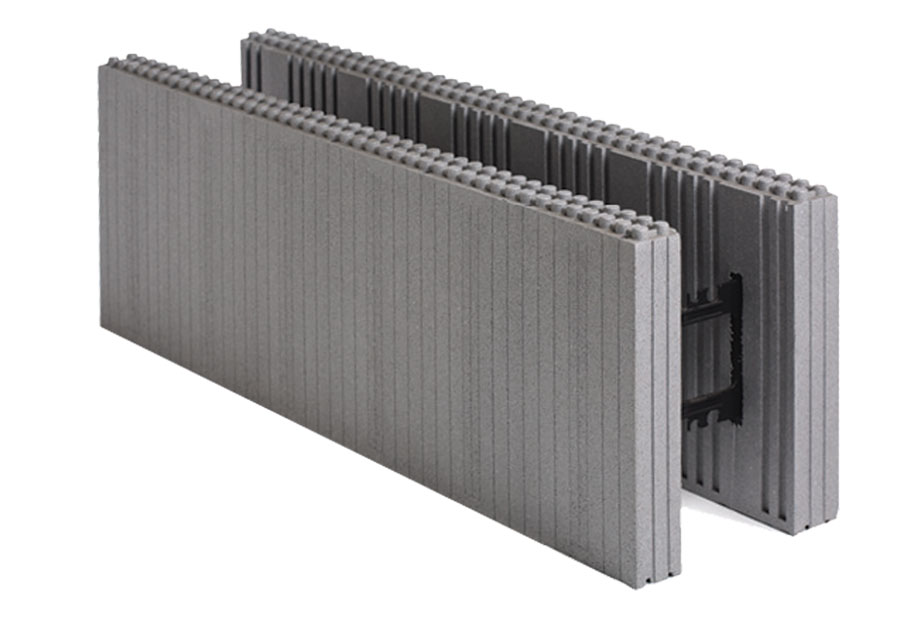 Neopor is about 33% more insulative than regular EPS, and also reflects more heat. ICFs made from Neopor have been in the North American market only a short time, but they’re already creating a buzz. Village Suites, one of the largest ICF projects on record and the largest LEED-platinum project in Canada so far is being built with Logix Platinum.
Installers claim the gray color reduces eye strain and glare. Manufacturers hope it improves sales. “There’s a perception that Neopor is more sophisticated,” says Tobias Hoeld, Marketing Manager, Foams, at BASF. “I think people accept it more easily because it doesn’t look like ordinary Styrofoam.”
Hoeld says Neopor costs about 5% more than the ordinary white bead.
The Choice
According to a PCA tech brief on the subject, “All types of rigid foam insulation deliver solid performance when used in ICFs… Each foam material exhibits unique performance properties, dependent on the material density, dimensions, and other factors.”
All five of the systems described in this article have common advantages over fiberglass or cellulose insulation. Rigid polystyrene and polyurethane foams are formaldehyde free and have not been linked to respiratory problems or skin irritations as have some fiber-based insulations. In tests for indoor air quality, no harmful emissions have been detected.
They’re water resistant, and in the event of flooding have proven to be easier to restore. Composite EPS is completely flameproof, and the other systems have fire retardant intended to minimize flame spread. Burn tests on EPS foam indicate that emissions are no more toxic than those of burning wood.
In making a final decision, the PCA brief cautions, “When comparing the effectiveness of one ICF system to another, a basic understanding of the different foam materials can prove helpful. However, it is most important to choose the best ICF system for your specific needs, not a particular type of foam. There is no one ‘best’ material, but foams offer performance variables that can help explain the differences between ICF products.”
Neopor is about 33% more insulative than regular EPS, and also reflects more heat. ICFs made from Neopor have been in the North American market only a short time, but they’re already creating a buzz. Village Suites, one of the largest ICF projects on record and the largest LEED-platinum project in Canada so far is being built with Logix Platinum.
Installers claim the gray color reduces eye strain and glare. Manufacturers hope it improves sales. “There’s a perception that Neopor is more sophisticated,” says Tobias Hoeld, Marketing Manager, Foams, at BASF. “I think people accept it more easily because it doesn’t look like ordinary Styrofoam.”
Hoeld says Neopor costs about 5% more than the ordinary white bead.
The Choice
According to a PCA tech brief on the subject, “All types of rigid foam insulation deliver solid performance when used in ICFs… Each foam material exhibits unique performance properties, dependent on the material density, dimensions, and other factors.”
All five of the systems described in this article have common advantages over fiberglass or cellulose insulation. Rigid polystyrene and polyurethane foams are formaldehyde free and have not been linked to respiratory problems or skin irritations as have some fiber-based insulations. In tests for indoor air quality, no harmful emissions have been detected.
They’re water resistant, and in the event of flooding have proven to be easier to restore. Composite EPS is completely flameproof, and the other systems have fire retardant intended to minimize flame spread. Burn tests on EPS foam indicate that emissions are no more toxic than those of burning wood.
In making a final decision, the PCA brief cautions, “When comparing the effectiveness of one ICF system to another, a basic understanding of the different foam materials can prove helpful. However, it is most important to choose the best ICF system for your specific needs, not a particular type of foam. There is no one ‘best’ material, but foams offer performance variables that can help explain the differences between ICF products.”

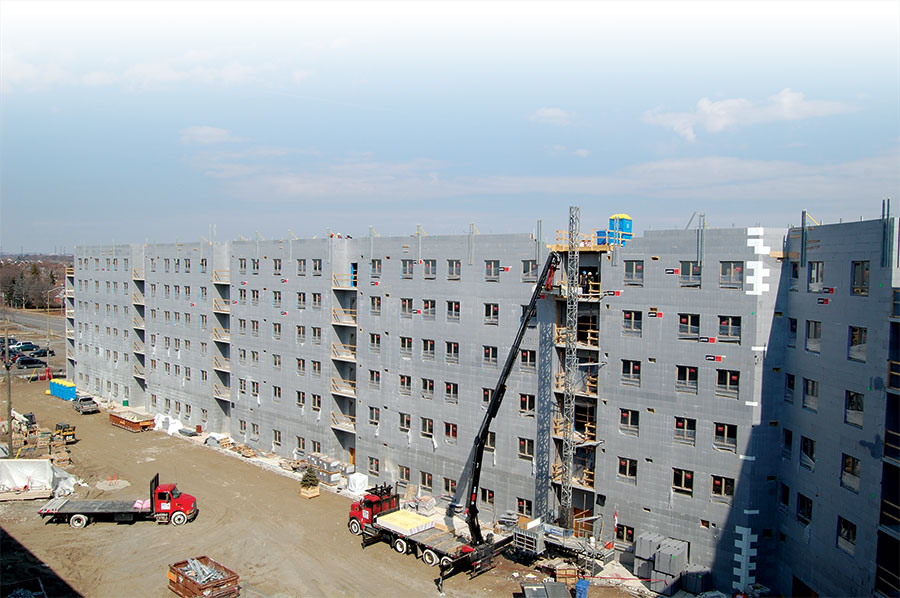
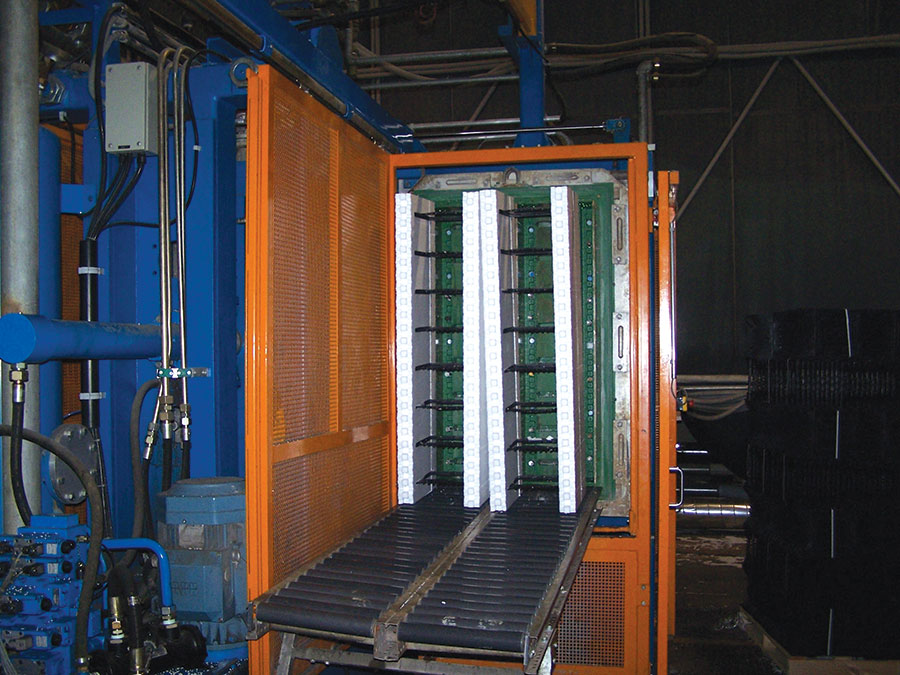
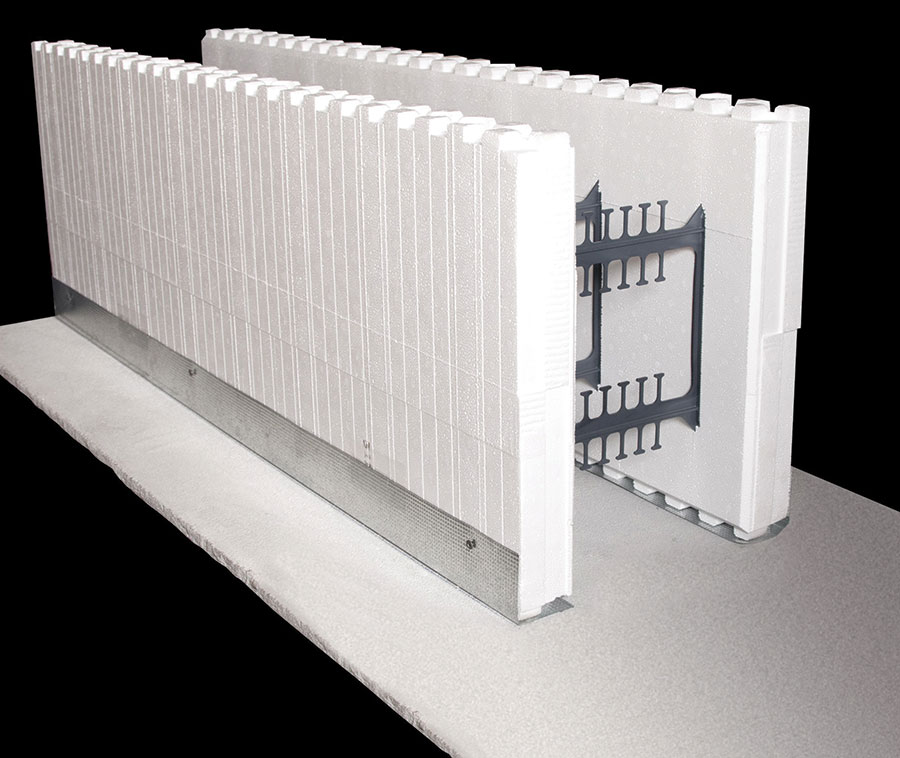
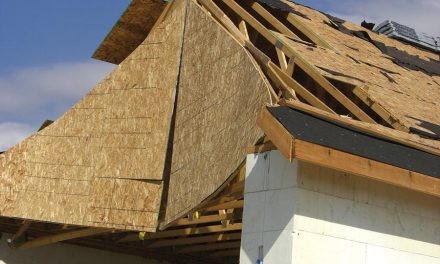
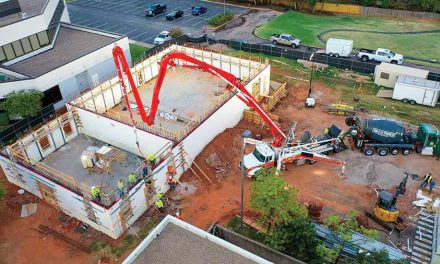
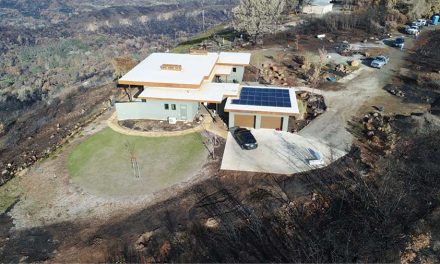
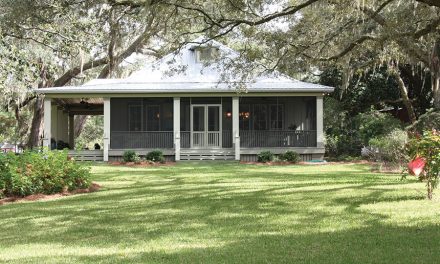







The second picture (on your home page) of a man laying urethane blocks in a circular pattern is of interest to me. I have used a product that is almost exactly like that called “Thermoblock”. The company seems to have gone out of business. Do you know anyone who is making a product like the thermoblock? I appreciate any info you can give me.
I am interested to find out more about the XPS foaming die showed in your articel.
Who is the supplier?
Any information is appreciated